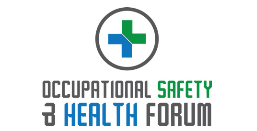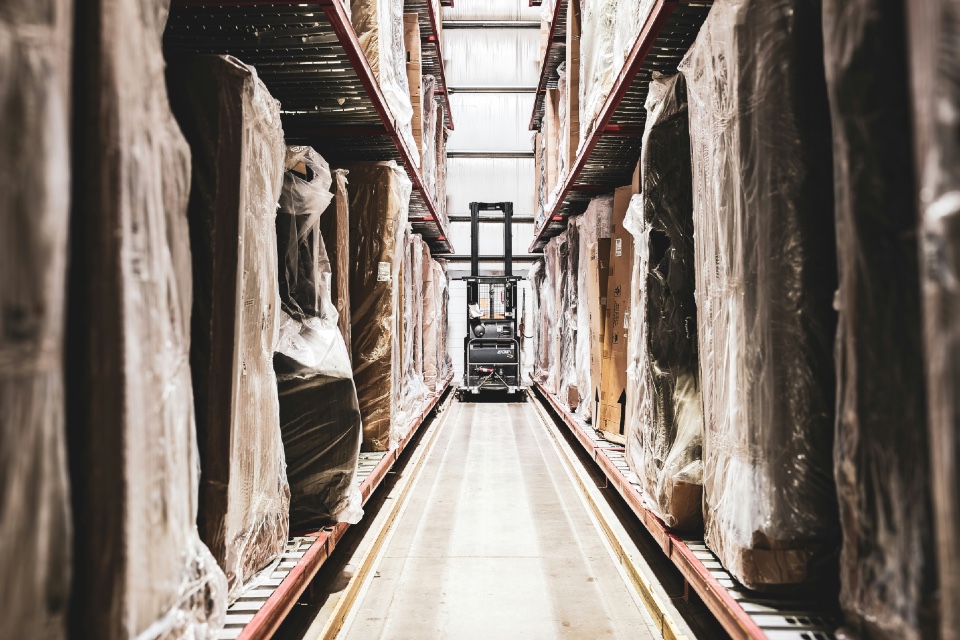Lone workers, who carry out tasks without direct supervision, are an essential part of many businesses across many sectors. However, this independence can pose unique safety risks. This article will outline some fundamental principles to ensure lone working safety best practices…
- Risk Assessment: Prioritising the safety of lone workers begins with a thorough risk assessment. Identify potential hazards associated with the work or work environment, and evaluate the risk level. These could range from physical threats, like handling dangerous equipment, to health-related issues, such as stress from isolation.
- Implement Control Measures: Once potential risks have been identified, take proactive steps to mitigate them. Control measures might include the use of personal safety devices, the implementation of check-in procedures, or modifications to the work environment. These measures should be personalised to the specific nature of the lone work and its associated risks.
- Provide Appropriate Training: Lone workers should be equipped with the necessary skills and knowledge to respond effectively to any potential threats or emergencies. This might include first aid training, conflict resolution techniques, or specific safety procedures related to their work.
- Establish Regular Communication: Regular communication is vital for maintaining the safety and well-being of lone workers. This can be achieved through scheduled check-ins via phone or messaging apps, or by using dedicated lone worker safety devices that enable real-time tracking and SOS functions.
- Create a Detailed Work Procedure: A comprehensive work procedure, outlining the step-by-step tasks of the lone worker, is a powerful safety tool. It provides clarity and guidance for the worker and acts as a reference point in the event of any deviations or complications.
- Invest in Suitable Equipment: Depending on the nature of the work, the right equipment can drastically reduce the risk to the lone worker. This could range from personal protective equipment (PPE), to specialised tools for the job, or safety devices with alerting functions.
- Ensure Worker Wellness: The mental health of lone workers is as important as their physical safety. Regular wellness checks, support in managing stress, and fostering a supportive community, even from a distance, can greatly enhance their well-being and productivity.
- Emergency Response Planning: Every lone worker should have a clear, practised plan for responding to emergencies. This includes knowing how to raise an alarm, who to contact, and what immediate actions to take.
- Regularly Review and Update Safety Measures: As work situations evolve and new potential hazards emerge, it’s crucial to regularly review and update safety measures. Encourage feedback from lone workers as they can provide invaluable insights from their on-the-ground experience.
- Legal Compliance: Ensure all practices align with local health and safety regulations. Legal compliance not only protects your business from potential liabilities, but it also guarantees a minimum standard of safety for your lone workers.
Safeguarding lone workers requires a multifaceted approach that includes risk assessment, regular communication, appropriate training, and a robust emergency response plan.
Prioritising lone worker safety is not only a legal obligation, but also a commitment to the well-being of your employees and the smooth operation of your business. Remember, safety is a dynamic process that requires continual attention and refinement.
Are you looking for Lone Worker Safety solutions for your business or organisation? The Occupational Safety & Health Forum can help!
Image by Carlos / Saigon – Vietnam from Pixabay






